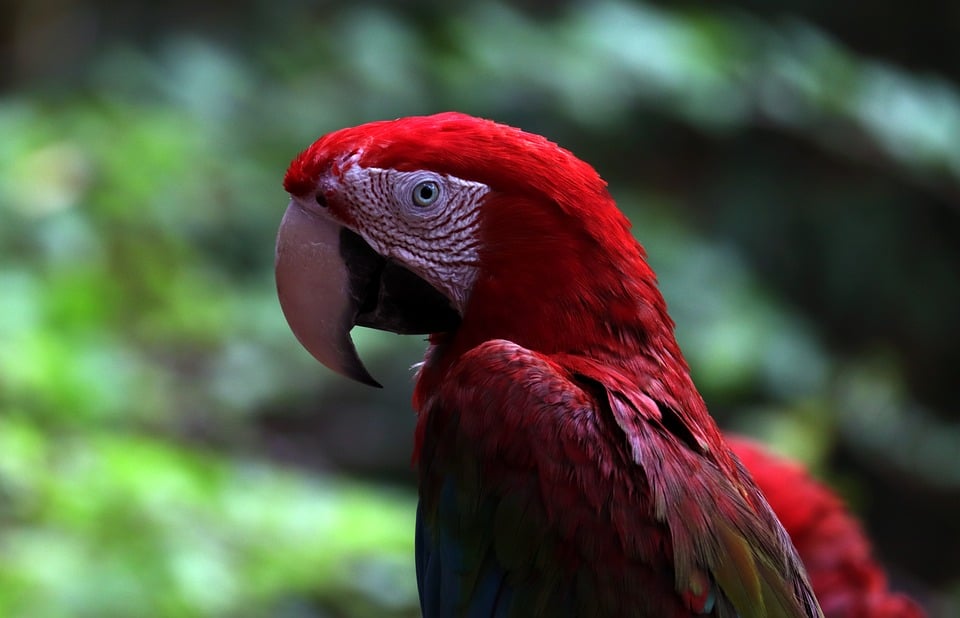The allure of witchcraft has captivated human imagination for centuries, with its mystical rituals, powerful spells, and deep connection to nature. While once shrouded in secrecy and fear, witchcraft is experiencing a resurgence in popularity in the modern world. In this article, we will explore the magic of witchcraft, its historical roots, current practices, and future outlook.
Historical Context
Witchcraft has a rich history that dates back to ancient civilizations, such as the Egyptians, Greeks, and Romans, who practiced various forms of magic and divination. In medieval Europe, witchcraft was associated with the supernatural and was often linked to accusations of heresy and devil worship. The infamous witch trials of the 16th and 17th centuries led to the persecution and execution of thousands of supposed witches.
Despite this dark period in history, witchcraft survived and evolved over time. In the late 19th and early 20th centuries, the rise of occultism and the influence of figures like Aleister Crowley and Madame Blavatsky brought a renewed interest in esoteric traditions. The mid-20th century saw the emergence of modern Witchcraft, or Wicca, founded by Gerald Gardner, which emphasized nature worship and the use of magic in rituals.
Current State
Today, witchcraft is more popular than ever, with millions of practitioners around the world embracing its spiritual and magical aspects. Modern witches come from diverse backgrounds and traditions, blending ancient knowledge with contemporary influences. They may participate in covens, practice solitary magic, or engage in online communities to share spells and rituals.
Witchcraft has also found its way into mainstream culture, with books, movies, and TV shows featuring witches and magic as central themes. Social media platforms like Instagram and TikTok have become hubs for witches to showcase their practices, share tips, and connect with like-minded individuals. The accessibility of information and resources online has made it easier for newcomers to explore and learn about witchcraft.
Future Predictions
The future of witchcraft looks bright, as more people seek spiritual fulfillment and connection in an increasingly secular world. The rise of eco-consciousness and the focus on sustainability have sparked interest in nature-based religions like Wicca, which emphasize harmony with the natural world. As society grapples with social and environmental challenges, witchcraft offers a way to channel personal power and effect positive change.
Technological advancements like virtual reality and artificial intelligence may also shape the future of witchcraft, providing new tools for visualization, meditation, and spellwork. Virtual covens and online rituals could become more common, allowing witches to connect across distances and share experiences in a digital space. The blending of ancient traditions with modern technology offers exciting possibilities for the evolution of witchcraft in the 21st century.
Conclusion
In conclusion, the magic of witchcraft continues to thrive in the modern world, drawing on ancient traditions and adapting to contemporary needs. As more people rediscover the spiritual aspects of witchcraft and its connection to nature, we can expect to see a continued resurgence of interest in this mystical practice. Whether you’re a seasoned practitioner or a curious beginner, exploring the world of witchcraft can be a fulfilling and enlightening journey.
Thank you for joining us on this exploration of witchcraft and its enduring appeal. For further reading and resources on the topic, we recommend books like “Witchcraft Today” by Gerald Gardner and “Drawing Down the Moon” by Margot Adler. May the magic of witchcraft guide you on your own path of discovery and empowerment. Blessed be.
